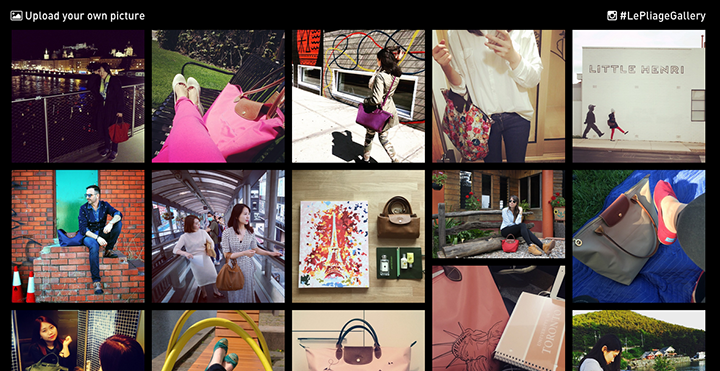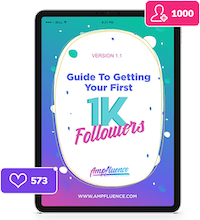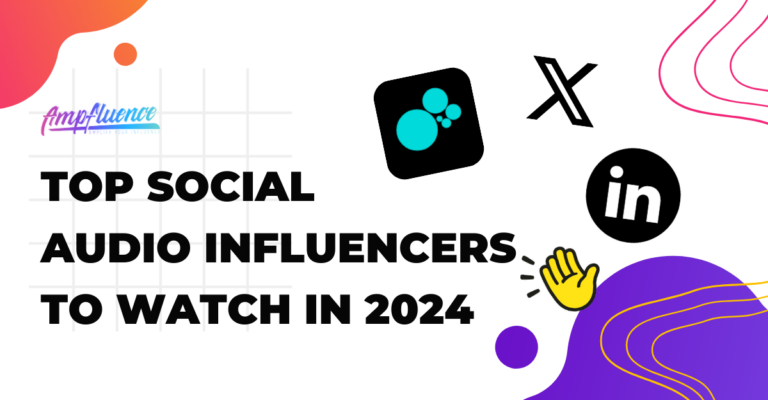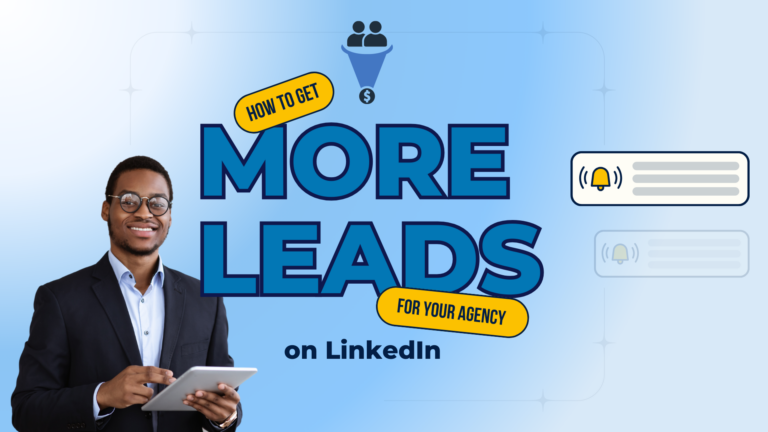Searching for new social media content to share on Facebook and Instagram? Hoping for more engagement? You can accomplish both of those goals with an Instagram campaign of user-generated content or UGC. UGC is content created by users which can come in a variety of mediums, such as text, images, videos, and audio.
UGC is basically relaying a deeply personal experience that simply can’t be objectively recreated by a brand. Whether you’re a global retailer or a local business, you too can harness UGC to bolster your brand message, connect with your customers, and celebrate some of your most influential fans.
Top 7 Techniques That Will Help You Generate More User-Generated Content (UGC)
Rally the masses by incorporating some of the below-given actionable ideas into your own UGC strategy.
1. Audit Existing Fan Photos
Before you approach your CMO and propose an elaborate UGC strategy, do your homework. What type of content are your customers sharing organically?
One only needs to perform a simple search on Instagram to answer this question. There are a couple of ways to go about this:
Search by Location
Use Instagram’s geography tags to pull in images shared in one of your physical locations. This could be a brick-and-mortar retail store, a restaurant, a hotel, and so on. For employee-generated content, run a search for your company’s HQ.
Search by Hashtag
Start with your brand’s name, a campaign hashtag, or perhaps a popular product that’s top of mind. What’s most likely to create conversation?
A quick search for “Curalate” on Instagram, for instance, produces more than 1,000 photos.
These images have come to live on Instagram, yes, thanks to the diligence of our all-star Community Manager, but also because of the snapshots our spirited employees and brilliant clients choose to share.
For an even deeper look, I might also search for “Curaladies” (a popular hashtag among the ladies of Curalate) and “Curalattes” (because at Curalate, that’s a thing too). Bear in mind that consumers don’t always include branded hashtags and handles when sharing content on Instagram or another social site.
In fact, Curalate recently examined a selection of Instagram images about brands that we work with and found that 80% that include a brand’s location tag don’t actually mention the brand in the caption.
In other words, don’t limit yourself to an analysis of hashtags. Give yourself options.
2. Identify Consumer Trends
The culture of your core audience becomes evident when you look at all of your customers’ photos in aggregate.
When analyzing the types of photos that your customers are sharing, consider the following:
- Who is most likely to share content about your brand – moms, teens, millennials, fashion bloggers, animal lovers, DIYers?
- What are they sharing photos of? Is a particular style, product, collection, or department dominating the conversation?
- Where are your customers when they share brand-oriented photos – in your stores, at the beach, on the run, with friends?
- When are your customers more likely to share photos? (Think: seasons, holidays, events, etc.)
- Why are they tagging your products? Consider what motivates your customers, from product launches to marketing campaigns.
- How? Think technically here. Are they tagging your brand organically? Are they using your geo-tag? Is Instagram where UGC is most prevalent?
If you can answer some of the questions posed here, then you can develop a data-driven UGC strategy with confidence.
A great example of this comes from the French fashion house Longchamp. They recently launched a campaign to fuel excitement around their iconic Le Pliage purse – a product they realized their customers were already championing organically.
3. Adopt a Selfless Hashtag Strategy
User-generated content isn’t just about you. It’s about them: your customers. It’s about how they use your products and relate to your brand.
So, while your customers may be inclined to tag an image with #YourBrandName, it might also serve you well to create (and promote) a personal, actionable hashtag that brings the focus back to your fans. Forever 21 uses #FSxME.
Similarly, Wet Seal has used #WSonMe and is currently promoting #WetSeal4Me.
And specialty retailer Urban Outfitters utilizes two distinct hashtags: #UOONYOU for apparel and beauty, and #UOAROUNDYOU for their music and apartment categories.
Each of these brands sees a consistent stream of user-generated content from their social fans.
4. Promote Strong CTAs in Key Locations
Marketing UGC photos don’t expect your hashtag to catch fire overnight.
To encourage your fans to use your hashtags when sharing branded photos, place strong calls to action in the places where your customers are most likely to engage with your content.
On Instagram, this might be your bio, location tag, or within the photo caption itself. (You can check out Wet Seal and Forever 21’s Instagram profiles above for inspiration.)
Other places in which a call for content can be valuable: on your website, across your social channels, within your blog, and throughout your catalogs (both digital and print).
For an example of this, take a page from Z Gallerie’s playbook. During their #PagesOfStyle campaign (which runs through July 2015), the home goods retailer reported a 24% increase in UGC after adding explicit CTAs to their social channels (Instagram, Facebook, Twitter), website, and on the back cover of their in-home printed catalog.
5. Add Signage in Your Stores
In addition to social and digital CTAs, consider how you can engage your customers at one of the most valuable points of the customer journey: in your physical stores.
If you’re in the entertainment industry, why not add messaging around your venues or atop the tickets themselves? If you’re a retailer, you might display hashtags near the register, outside of dressing rooms, or near a photo-friendly installation.
Saks Fifth Avenue, for instance, placed #SaksStyle decals throughout the women’s ready-to-wear and contemporary departments in all 39 of their stores to promote their Fashion Week campaign.
The decals encouraged customers to share photos of their shopping experiences – and to elevate their status to that of a style icon.
6. Host an Event
Although UGC is an effective way to create awareness around products, it requires that brands place a ton of trust in their fans.
What are your customers saying about your merchandise? Is the lighting flattering, or does it just fall flat? What if your competitors’ products are in the frame too?
(After all, what are the odds that a user’s #OOTD is 100% made up of your goods?) Consumers are far less tactical than brands.
One way to scale your UGC strategy and control the environment is to host an event. In this way, you can set the scene to your liking – from the hashtag your customers use to the products they engage with.
Keep the conversation going by sending your guests home with goodie bags that warrant Insta-fame.
7. Tap Into Influencers
Social and digital influencers are viewed as leaders among their social circles, and for good reason. They typically boast large, active followings and beautiful photo feeds.
An influencer who posts an image of a product doesn’t just drive awareness; their participation with your brand can inspire an entire community.
Consumers who see these images are more likely to join the conversation by submitting snapshots too.
In a recent survey, 59% of marketers reported that they plan to increase their influencer budget in the coming year. But influencer marketing isn’t one-size-fits-all.
When considering how to engage influencers, be mindful of the following:
Audience Alignment
What demographic do they cater to, and what type of content excites their fans?
Digital Presence
Make sure that the influencers you choose to work with are dedicated to the same channels that you are. In other words, don’t court a user with a massive Twitter following for an Instagram campaign.
Credibility
Just because an influencer has a good eye and a large following doesn’t mean they have clout within your target community.
Understand where they are coming from, and ask yourself whether their background is campaign-appropriate.
Final Thoughts
When it comes to UGC, it’s not just a question of who or what – it’s also how you use it. One of the biggest misconceptions is that UGC can only benefit social teams and digital platforms. That’s simply not the case.
In reality, UGC can be a creative, cost-effective, and rewarding way to enhance a variety of channels: your homepage, your product pages, your emails, microsites, and so on. Your next move is to share what you’ve learned here and to take action.














5 Responses
Content is very importent. If you’re looking for assistance with writing content, sources like https://ukwritings.com/ can be incredibly helpful. They specialize in providing support for various writing needs, including help for students as dissertations, essays, and coursework. Their services can save you time and ensure that your work is well-written and meets academic and high-quality standards. Consider checking them out if you need reliable help with your writing tasks!
Writing quality content is so important, especially for something as crucial as a thesis. If you’re struggling or just need a little extra help, using a professional service can make a big difference. They can help you save time and ensure your thesis is well-structured and meets all the academic requirements. Highly recommend checking out reliable sources if you need assistance!
Writing a thesis can be really challenging, and getting some extra help can be a game-changer. If you’re finding it tough to organize your ideas or meet the academic standards, using a professional service can really ease the process. It’s important to choose a trustworthy source, though, to make sure your thesis turns out great. Definitely consider it if you need some support!
Writing a thesis can be really challenging, and getting some extra help can be a game-changer. If you’re finding it tough to organize your ideas or meet the academic standards,
Getting additional assistance while writing a thesis can make all the difference. When you’re having trouble arranging your thoughts or achieving the required level of academic performance,